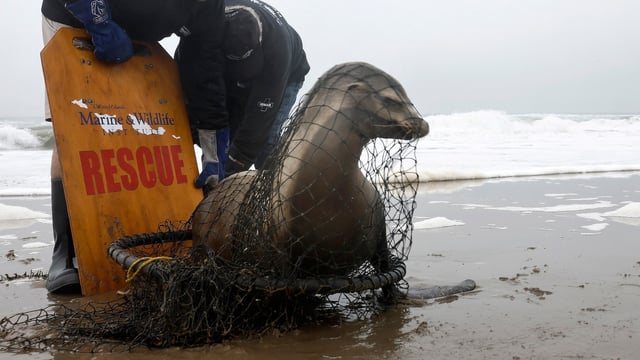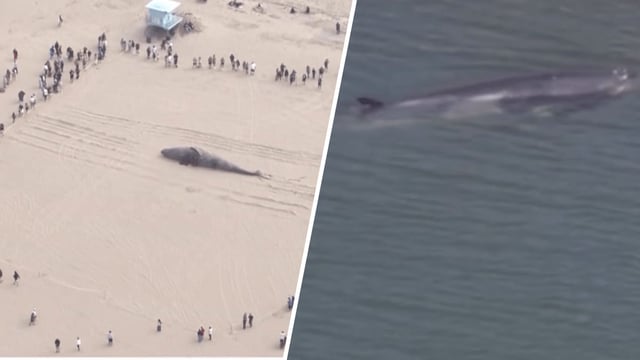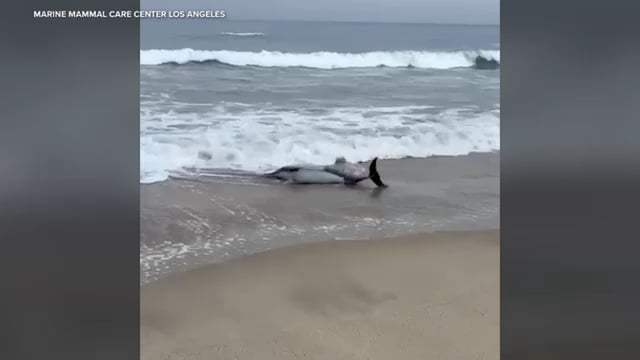Overview
- NOAA necropsies confirmed domoic acid poisoning in a humpback whale in Huntington Beach and a minke whale in Long Beach, marking the first such cases in Orange County.
- The toxic algae bloom, producing the neurotoxin domoic acid, has caused unprecedented marine mammal strandings and deaths since February, with over 200 animals dead, including 110 in April alone.
- Marine rescue centers are overwhelmed, treating record numbers of sea lions, dolphins, and birds affected by the bloom, which continues to expand along the Southern California coast.
- Experts attribute the severity of the bloom to climate-driven ocean changes, wildfire debris, and agricultural runoff, highlighting broader ecological imbalances.
- This marks the fourth consecutive year of significant domoic acid outbreaks, with 2025 exhibiting an earlier onset and greater impact on marine species, including whales.



